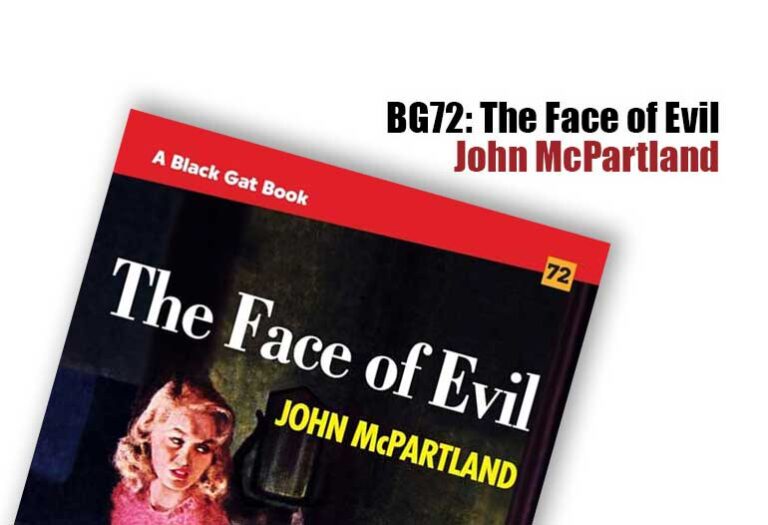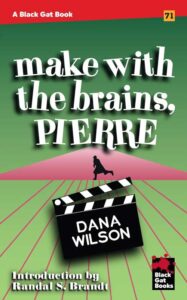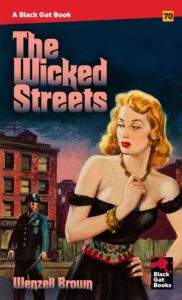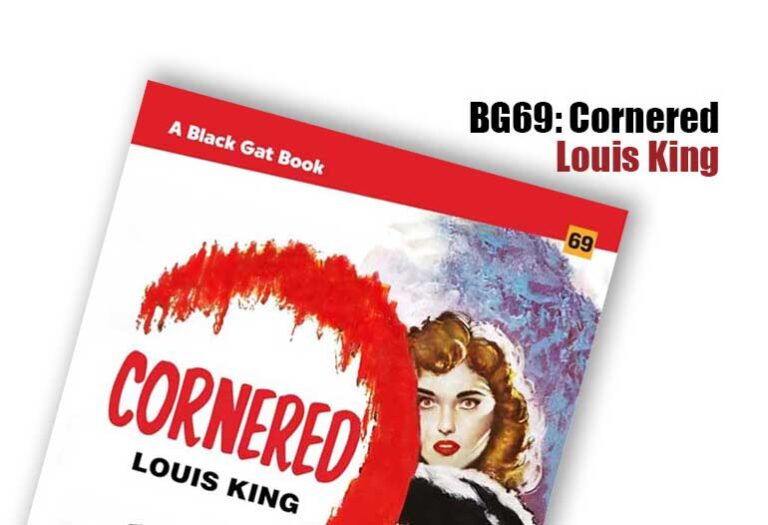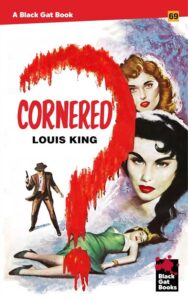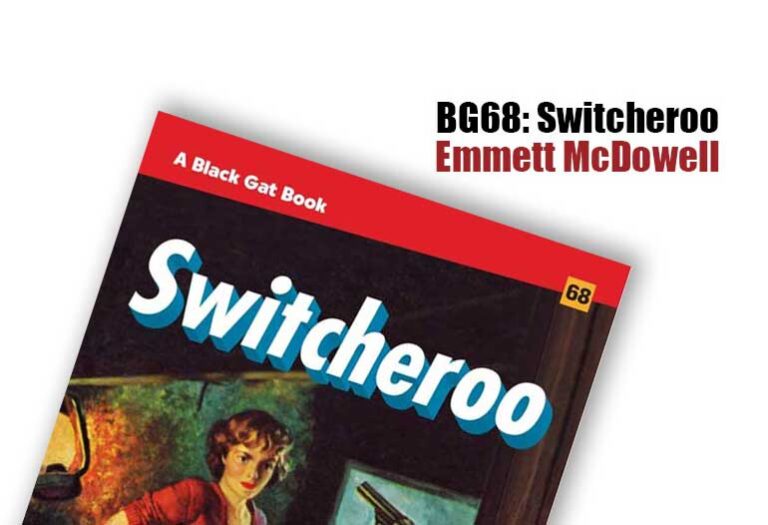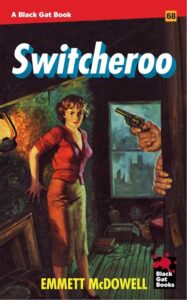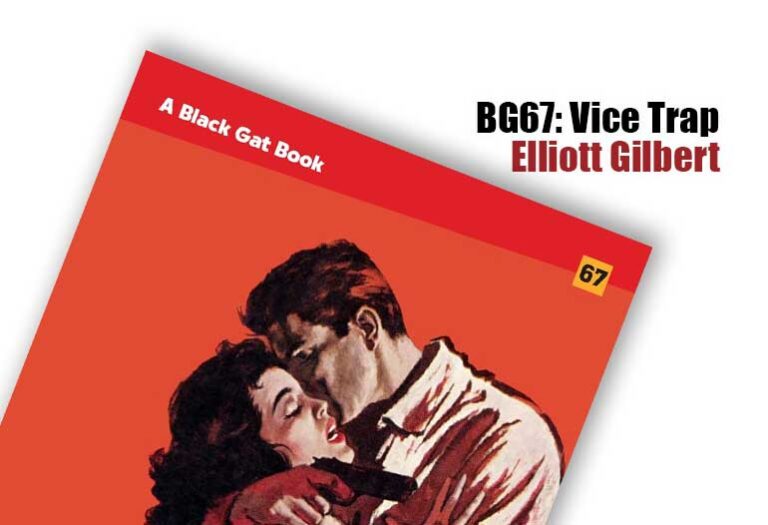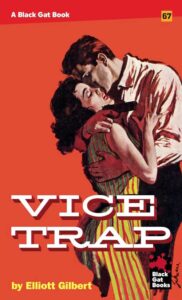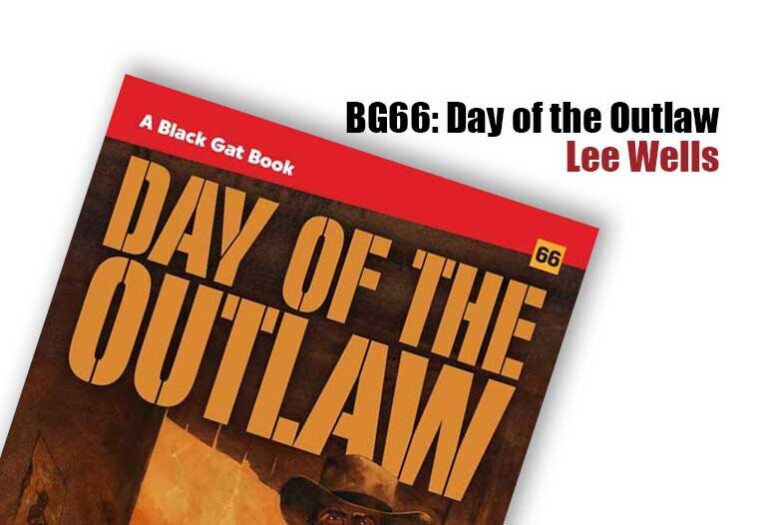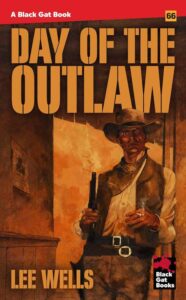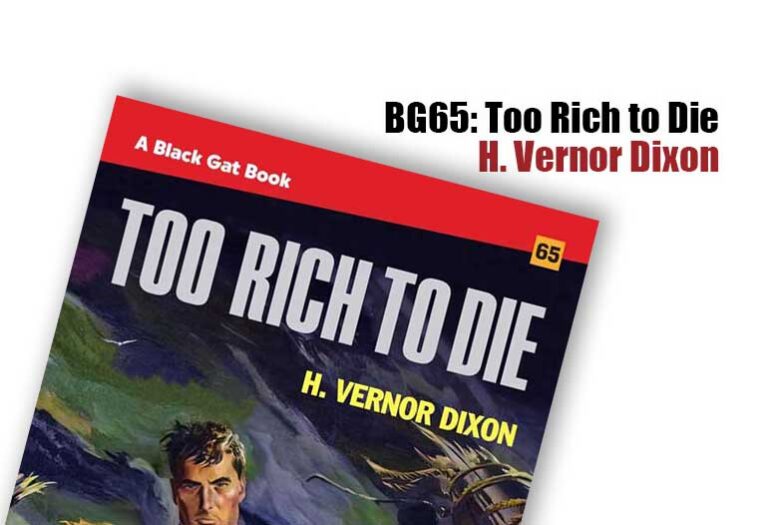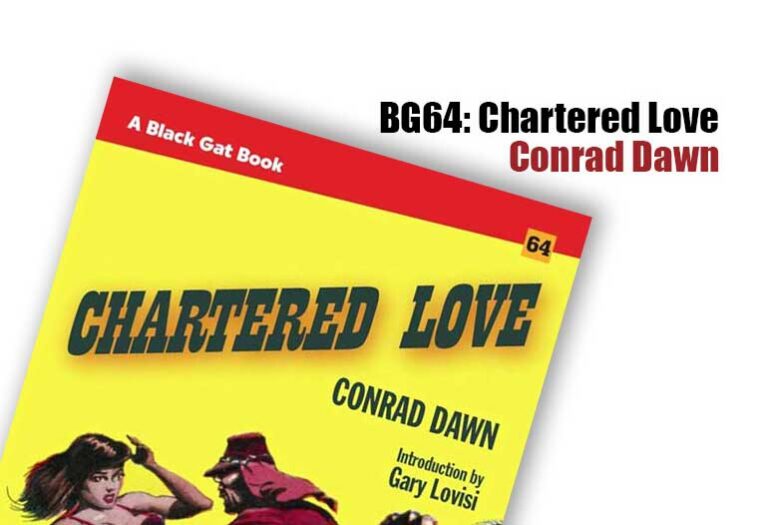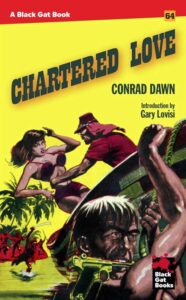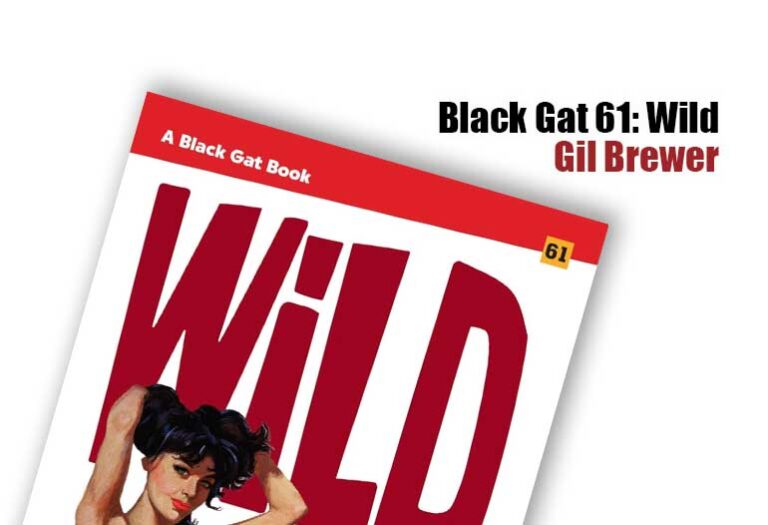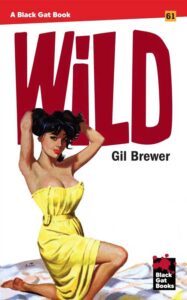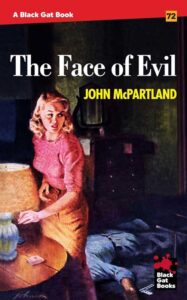 What makes a man, a real man? And what about a real woman? Each equilateral in the messy triangle of Bill Oxford, Nile Lisbon, and Ann Field are soul-searching for the answers. They ponder ‘em plenty, all through their rough-and-ready bar trek—sometimes beside and sometimes behind Mr. Fix-It, aka Bill Oxford, as he bulls his way through his latest commission. A coin-operated candidate, funded by California’s big boys want their man elected to a state-wide office. This dubious puppet is never named—else I missed it the one time it may have been mentioned—and neither is the office he’s steamrolling.
What makes a man, a real man? And what about a real woman? Each equilateral in the messy triangle of Bill Oxford, Nile Lisbon, and Ann Field are soul-searching for the answers. They ponder ‘em plenty, all through their rough-and-ready bar trek—sometimes beside and sometimes behind Mr. Fix-It, aka Bill Oxford, as he bulls his way through his latest commission. A coin-operated candidate, funded by California’s big boys want their man elected to a state-wide office. This dubious puppet is never named—else I missed it the one time it may have been mentioned—and neither is the office he’s steamrolling.
His main rival, Ringling Black, is rising in the polls. Black is fresh and clean, and unfortunately for the big boys, his past is as pristine as his present. No problem. That why they’ve got Oxford. He’ll dream up a juicy scandal and place Black smack in the middle. But he’d best hurry, Black has uncovered some pretty nasty muck on his opponent; bad enough to sink the slimy skunk. The big boys can’t let that happen. They’ve invested too much, and have too much to lose without their preferred corruptoid locked in their beholden grasp.
This gig is a slam-dunk for Oxford. But he’s kind of fed up with himself. In fact, he’s having a mirror moment, and that spells trouble—for every character in sight—most of all, Oxford.
The Face of Evil is a deep dive into the mystery of what makes men tick after a run of wrong turns. Can Oxford reset the balance, or has his past ruined his future? This heady jigsaw is wrapped neatly in the chaos of constant danger that looms closer as every page turns.
John Donald McPartland (1911–1958) served in the Korean War, wrote for Stars and Strips and later Life magazine. After the war, he moved to Monterey (just down the coast from Stark House Press), to pursue crime fiction. After his early death, his second family was uncovered. Hmmm, I wonder how much of his real life influenced the character introspection and love triangle of this particular fiction?

